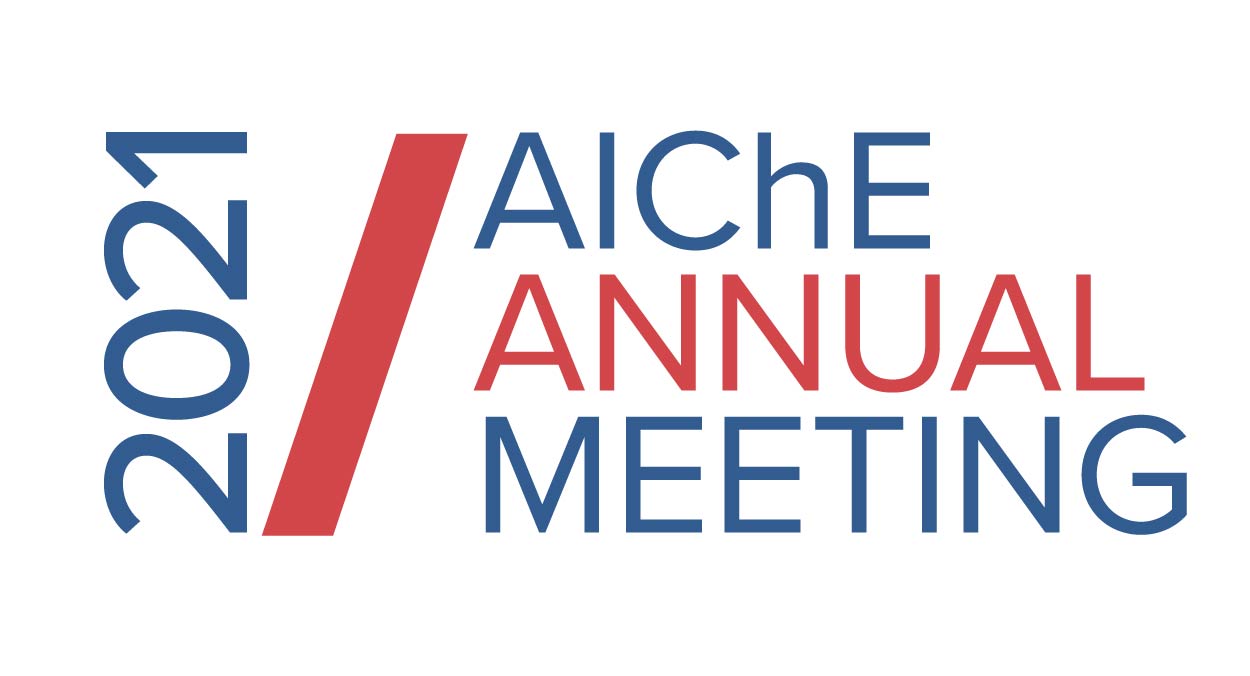

To immune focus to these conserved epitopes, we concealed or “masked†immunodominant, variable epitopes present on the HA surface by engineering putative N-linked glycosylation sites (PNGs) to create a “glycan shieldâ€. This approach was inspired, in part, by the evasion strategy that influenza naturally uses to evade host adaptive immune responses by varying its native glycosylation sites on HA. As a proof-of-principal, we generated hyperglycosylated (hg) immunogens based on the historical H3 Hong Kong 1968 HA (H3HK-68) to selectively conceal epitopes outside the conserved interface epitope. We confirmed PNG placement on the immunogens by assessing binding abrogation with a diagnostic monoclonal antibody panel. We then immunized mice with these hg immunogens, used single B-cell sorting to isolate antibodies, then used downstream biochemical and biophysical assays to characterize their binding. Antibody responses did indeed selectively focus to the HA interface epitope. However, these antibodies showed limited breadth, binding only to a select few historical H3s.
To increase breadth, we expanded our panel of hg immunogens and designed hg versions of additional historical and contemporary group 1, group 2, and B HAs. Additionally, we multimerized these hgHAs using a two-component ferritin nanoparticle. These nanoparticles can display two different HAs on its surface via genetic fusion to the heavy and light chain ferritin protomers. Multivalent display of viral antigens on engineered nanoparticles presents them in a geometry that can lead to effective cross-linking of B cell receptors and improve antibody responses. Thus, we anticipate that displaying multiple hgHAs on a single nanoparticle will result in improved historical or cross-group breadth of elicited interface-directed antibody responses. These next-generation, rationally-designed hg immunogens are one strategy for eliciting epitope-focusing immune responses. We anticipate that such design strategies can be applied to other conserved viral sites and result in broadly protective vaccines.
